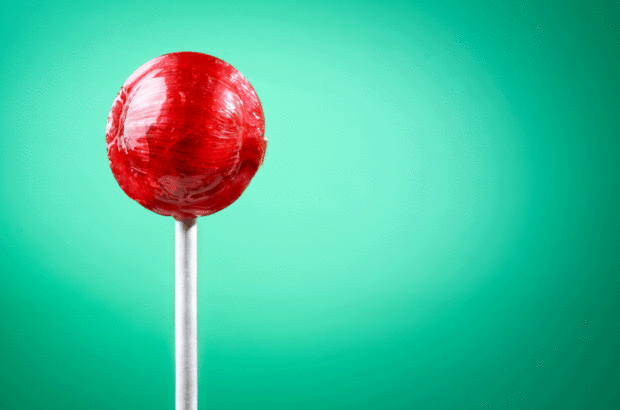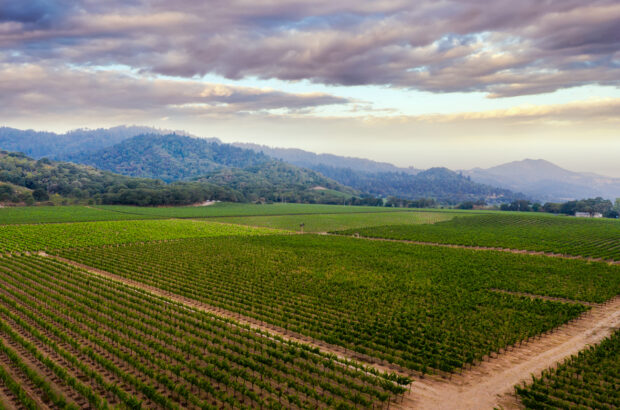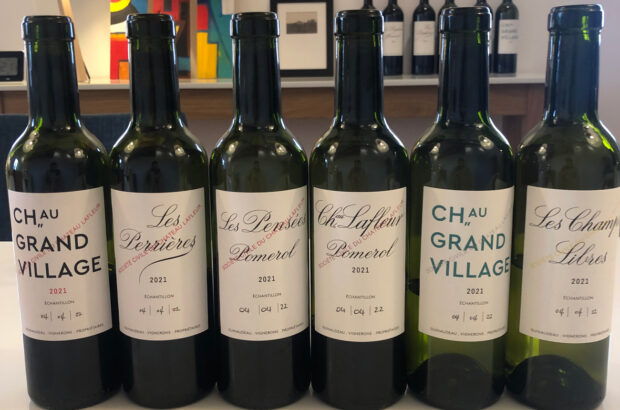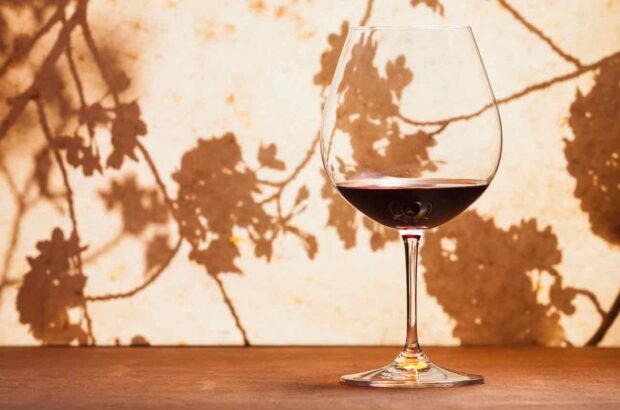Bahía Bustamante in Argentina is best known for whale-watching, penguins and seaweed farming, but it could also one day be known for wine as Argentina’s newest coastal vineyard takes root.
New Bahía Bustamante vineyard planted over 45° South
Argentine winemaker Matías Michelini (Passionate Wines, SuperUco), eco-resort owner Matias Soriano (Bahía Bustamante Lodge) and gin-distiller Tato Giovannoni (Apostoles Gin) planted just under a hectare of Semillon and Pinot Noir last month just metres from the coastline.
‘It’s a magical place,’ said Michelini, who has also been involved in other unconventional vineyards elsewhere in Chubut and in Córdoba.
‘The penguins and sea lions came out of the sea to watch us planting our vineyard.’
The region has never been planted with vines before and this is one of the southernmost vineyards in the world – on a similar latitude to Central Otago at 45.1° South.
Despite its latitude, the region has a mild maritime influence with average summer temperatures at 19°C, and rarely lower than 10°C.
This maritime influence is what Michelini, Soriano and Giovannoni are looking for. ‘The vineyard is right on the coastline,’ said Michelini.
‘In high tide, the sea comes within a few inches of getting the vines wet. We have purposefully planted very delicate varieties because we want to taste the Atlantic in the wines.’
Bahía Bustamante was known as the ‘bahía podrida’ (the putrid beach) for many years because of its strong seaweed smell and seaweed farming industry.
The rocky, sandy soils will now also be farmed for grapes and the first harvest of ‘Bahía Bustamante’ wine is expected within the next four years.
Although still relatively small scale, coastal plantations are on the rise in Argentina.
Trapiche’s Costa y Pampa project was a pioneer on the coast of Buenos Aires in 2009, soon followed by Bodega Tapiz, which now has 120 hectares planted in Viedma.







